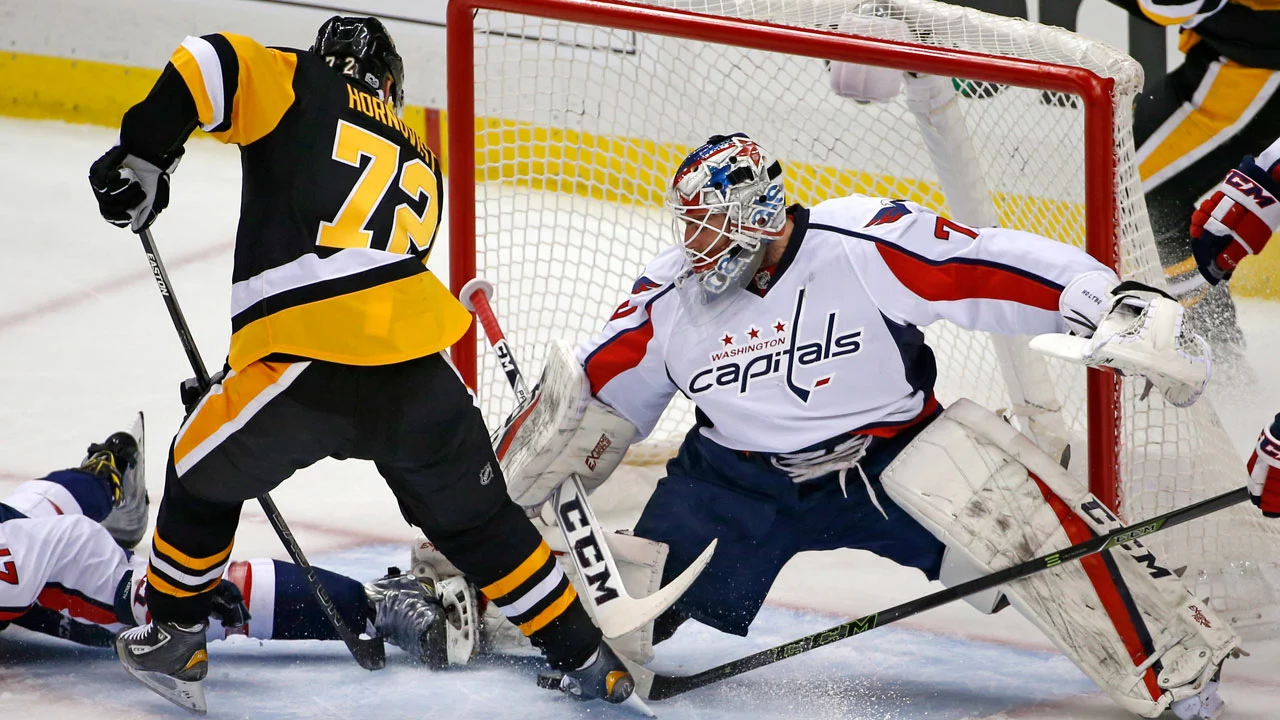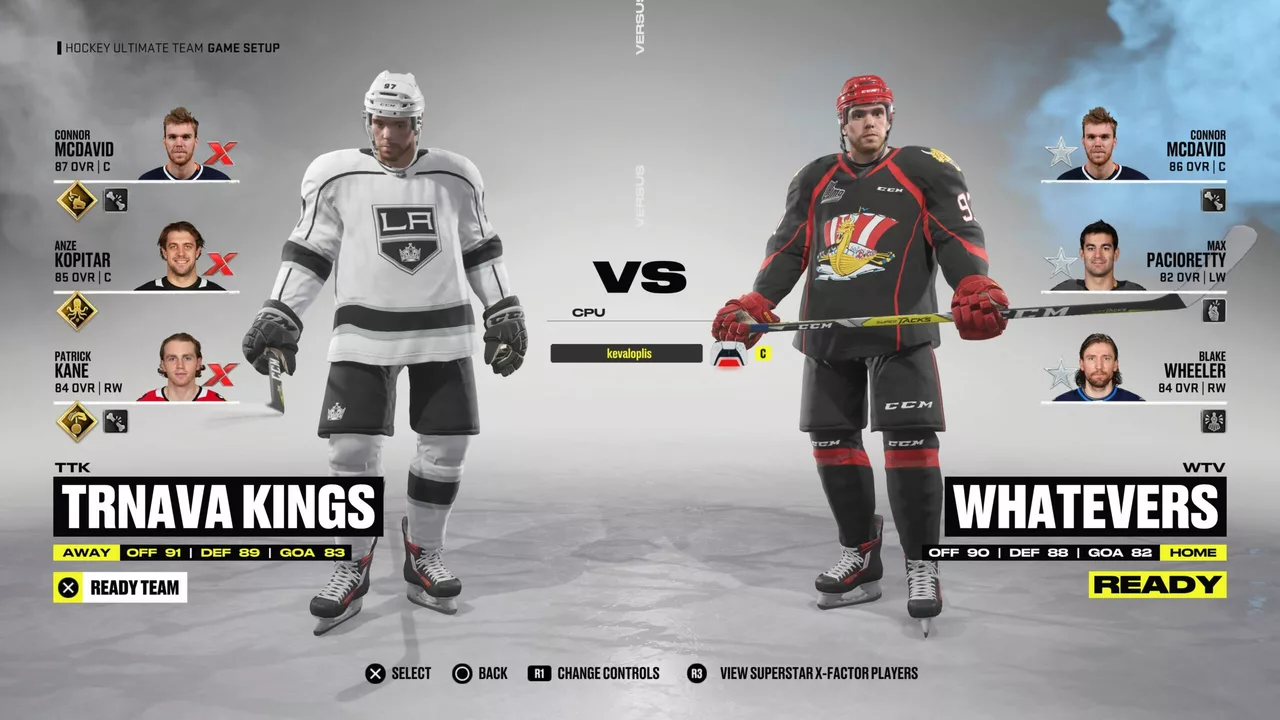July 2023 Archive: Hockey Rules, NHL Points & Jersey Trivia
Welcome to the July roundup from Howzat Hockey Hub. In just a few posts we broke down the biggest questions that pop up on the ice and off it. Whether you’re wondering why a player might be tossed out, how the NHL tallies points, or why teams started wearing dark home jerseys, we’ve got the facts you need.
When a Player Gets the Boot
Getting sent off isn’t just drama – it’s in the rule book. A player can be expelled for violent conduct like throwing punches, for collecting too many penalties within a game, or for using the stick in a dangerous way that causes injury. Referees also have the power to eject anyone who deliberately flouts the rules, such as spearing or high‑sticking that endangers opponents. The key takeaway? Stay disciplined, keep the stick on the ice, and respect the officials.
Most fans think a single bad mistake triggers an ejection, but it’s often a pattern. Two minor penalties in quick succession can lead to a major penalty, and three majors in one game automatically result in a game misconduct. Knowing the thresholds helps players avoid the costly trip to the locker room.
How NHL Points Determine the Standings
The NHL points system is simple but crucial for playoff chances. Win a game – whether in regulation, overtime, or a shootout – and your team earns two points. Lose in overtime or a shootout, and you still walk away with one point. A regulation loss means zero points. Those extra points from overtime losses can be the difference between a home‑ice advantage and missing the postseason.
Teams track these points all season, and the rankings decide who clinches a playoff berth and how they’re seeded. A strong start builds a cushion, but even late‑season wins matter because every point can shift the bracket. Fans love debating whether a team should play aggressively for the win or settle for the guaranteed point from an overtime push.
Besides the standings, the points system influences player contracts and trade value. A player on a high‑point team often commands a better salary, so the system ripples through the entire league.
Another hot topic from July was the historic jersey switch. In the 2003‑04 season the NHL moved home teams from white to dark jerseys. The change gave clubs a chance to showcase richer colors in front of their home crowd and turned the uniform market into a new revenue stream. Fans still argue which look is better, but the shift undeniably reshaped the visual identity of the game.
That jersey move also sparked a wave of merchandise sales. Dark home kits sold faster than the old whites, and teams used the redesign to roll out alternate jerseys and special editions. It’s a reminder that even a uniform tweak can have a big business impact.
Overall, July’s posts gave readers clear answers to three lingering questions: why players get ejected, how points shape the season, and why the NHL went dark at home. The goal was to cut through the jargon and give fans the practical knowledge they can use the next time they watch a game or talk shop with friends.
Got more questions? Keep checking Howzat Hockey Hub for fresh insights, tips, and the latest hockey buzz. We’re here to make the sport easier to understand and more fun to follow.
In what case would a player be thrown out of a hockey game?
So, you're sitting on the edge of your seat, eyes glued to the hockey game and BOOM! Suddenly one of the players is making the walk of shame off the rink. What just happened? Well folks, there are a few ways a player can get the boot in hockey. If they're acting like a rough-and-tumble ruffian and throwing punches or they've racked up too many penalties, they're outta there. Or, they might have been a little too eager with their stick and caused an injury. Lastly, if they try any sly moves and disrespect the rules, the ref won't hesitate to give 'em the old heave-ho!
View MoreHow do points work in NHL?
In the NHL, teams accumulate points to determine their standings during a season. Each team earns two points for a win, whether it's in regulation time, overtime, or a shootout. If they lose in overtime or a shootout, they still get one point. However, if they lose in regulation time, they get no points. These points help determine playoff eligibility and seeding.
View MoreWhen did the NHL change home jerseys to dark?
In the 2003-2004 season, the NHL made a significant change to their uniform policy. They switched home jerseys from the traditional white to dark colors. This was done to give home teams the opportunity to showcase their darker, more colorful jerseys to their home crowd. The move was also seen as a strategic marketing approach to boost jersey sales. It was a major shift in tradition that left a lasting impact on the game's aesthetics.
View More

